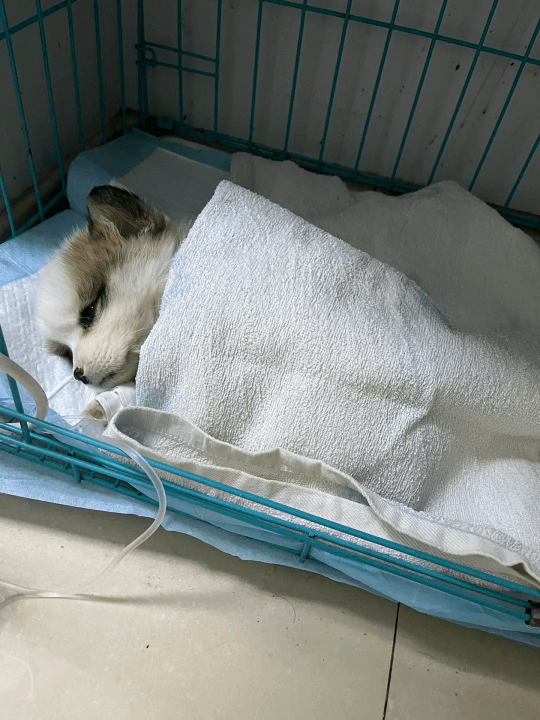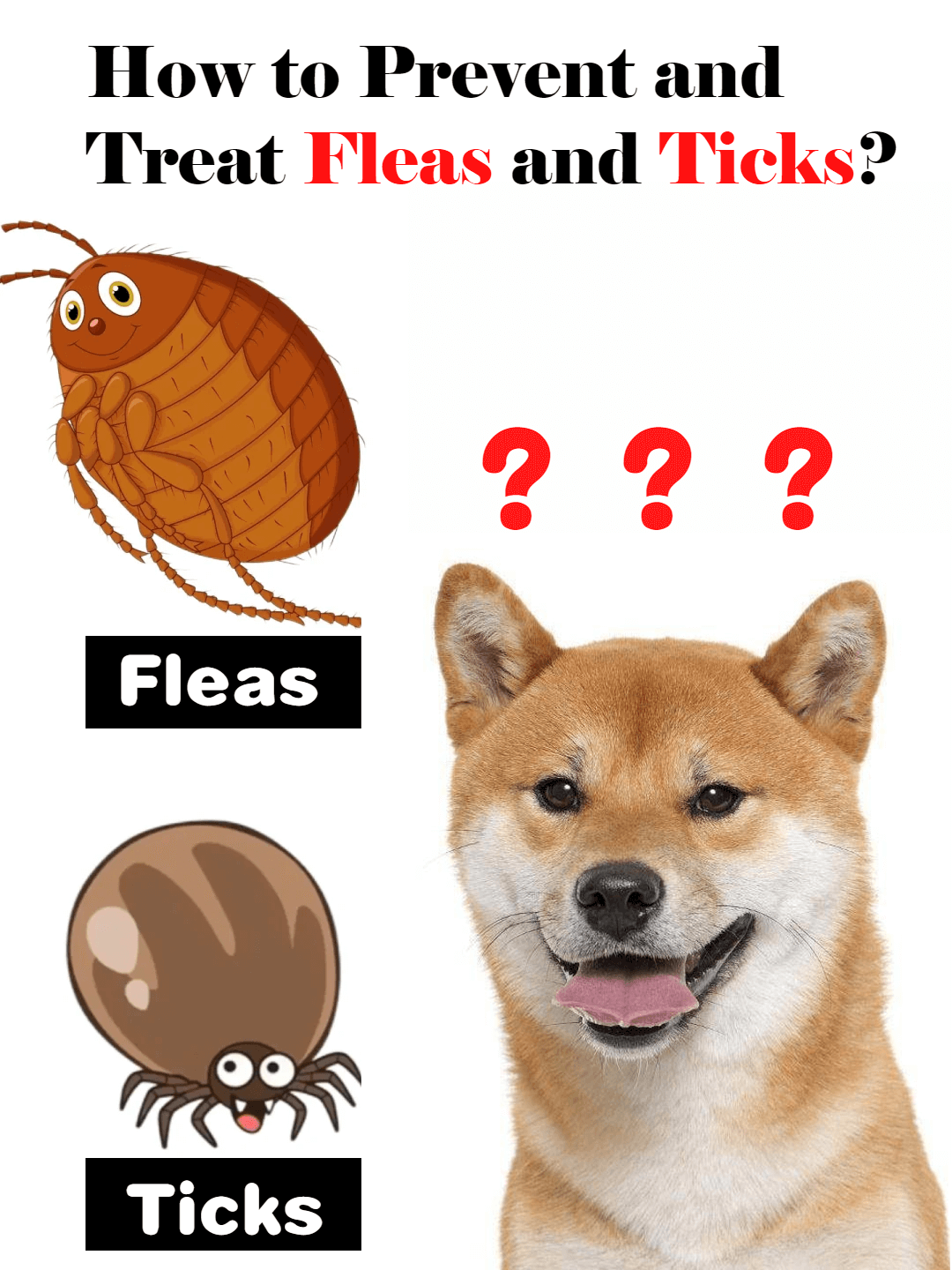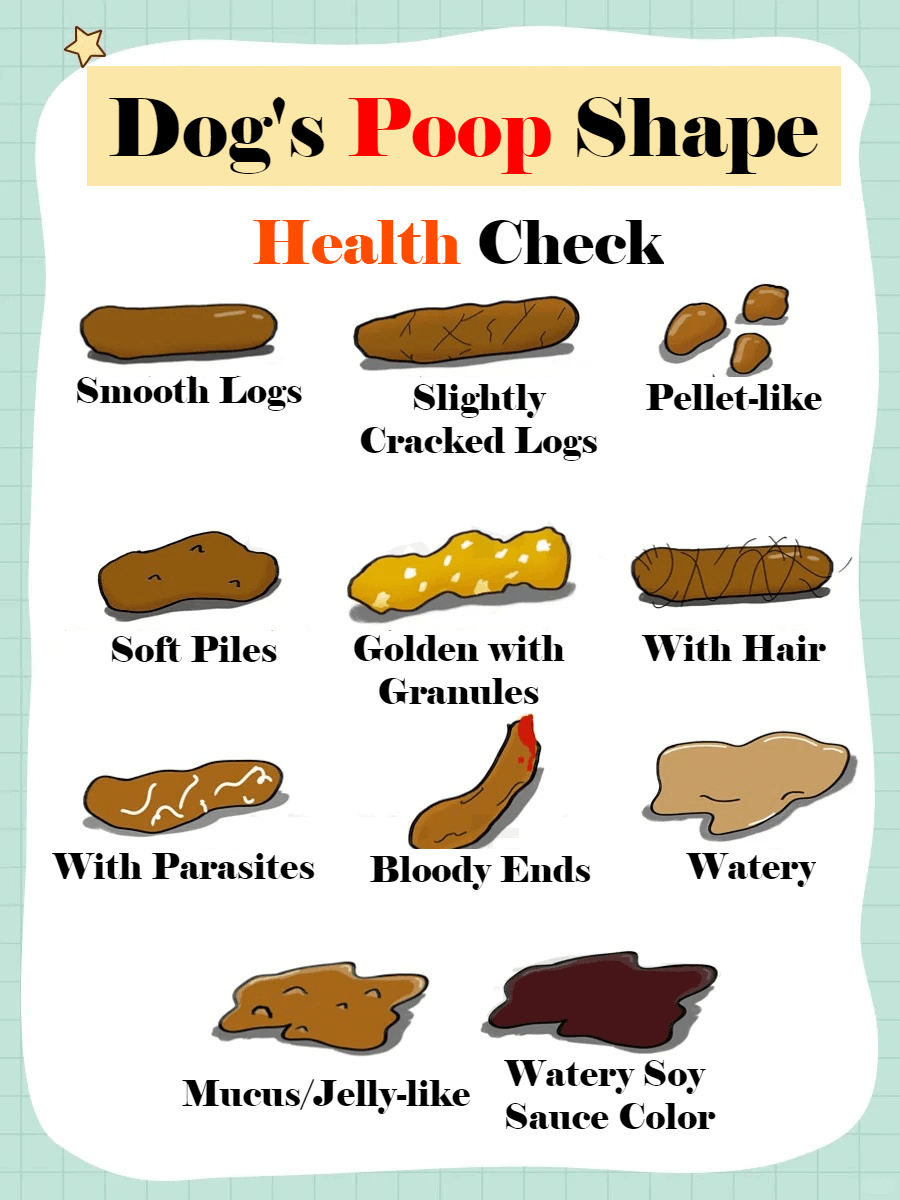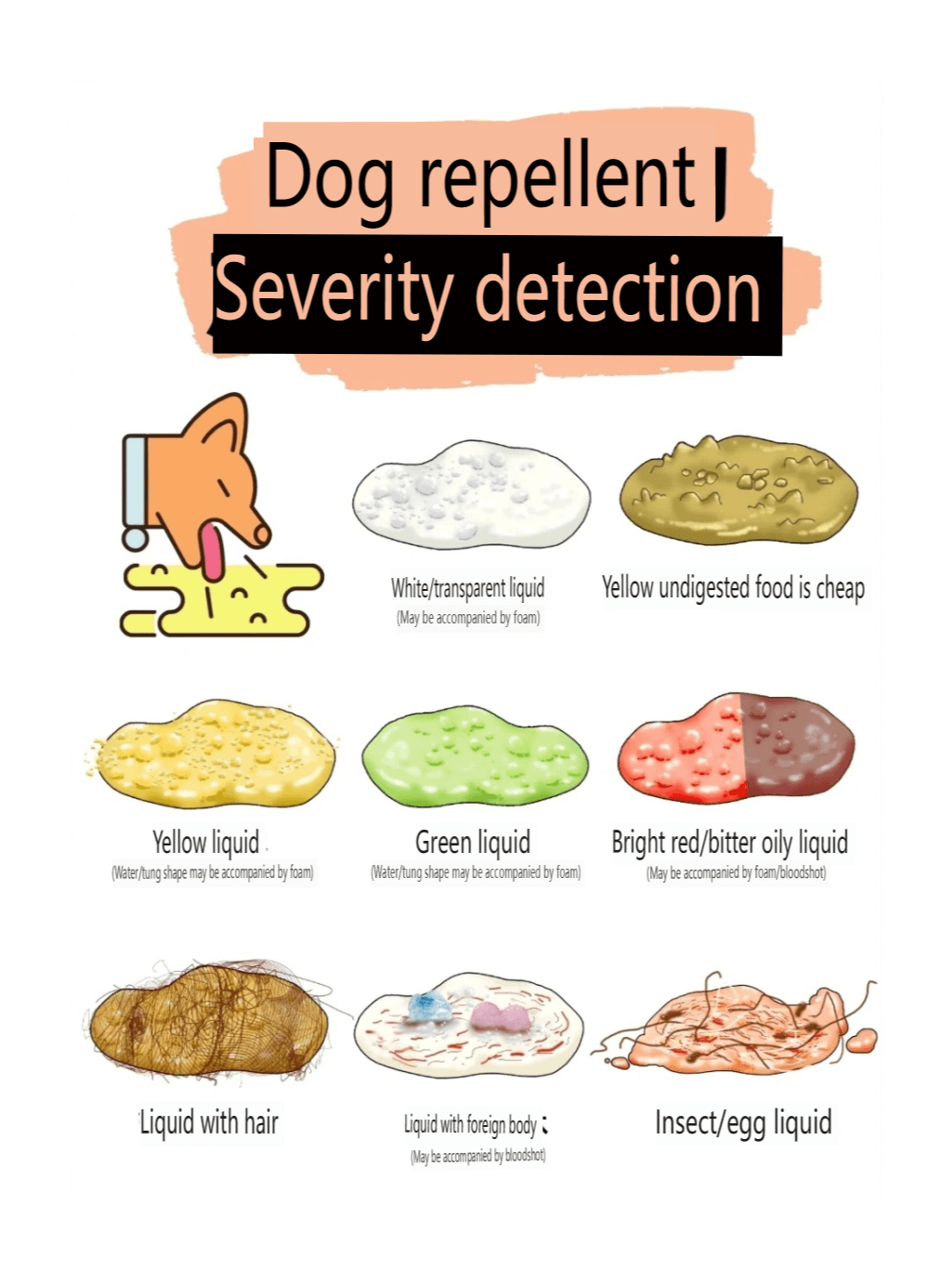**Canine Parvovirus: A Severe Threat to Dogs**
Canine parvovirus is one of the most virulent viruses that dogs can contract, characterized by rapid onset and high mortality rates. This is especially critical for puppies aged 6 weeks to 6 months, where the disease proves most severe and often fatal.
👇
Without timely and proper treatment, an infected dog can die at any point during the infection period. However, parvovirus is not a death sentence. With early detection and treatment, it can be cured even at home.
🍃
**What Are the Symptoms of Canine Parvovirus?**
The parvovirus primarily targets the dog's intestinal epithelial cells or myocardial cells, resulting in two main forms: enteritis and myocarditis.
👉**Enteritis Form Symptoms**:
- Lethargy, loss of appetite
- Vomiting – initially food, later yellowish-white foamy liquid
- Diarrhea – stool appears gray, yellow, or milky white with jelly-like mucus, eventually passing blood resembling soy sauce or tomato juice, with a foul odor
- Severe dehydration, emaciation, sunken eyes, pale mucous membranes, cold ears, nose, and limbs, and a foul smell emanating from the entire body in later stages
👉**Myocarditis Form Symptoms** (extremely frightening, near 100% fatal without immediate intervention):
- No precursor symptoms or minor diarrhea, followed by sudden onset
- Muscle tremors, cold extremities and ears, purple mucous membranes (eyes, nose, mouth)
- Moaning, rapid weakening, extreme difficulty breathing, dry cough, fast but weak pulse, heart murmurs upon auscultation
- Body temperature initially rises, then drops, often resulting in sudden death within hours (acute heart failure or acute respiratory suppression)
👇
**Is There No Hope for Dogs Infected with Parvovirus?**
Historically, there have been no highly effective treatments for parvovirus, and its high mortality rate is well-known. However, this does not mean a dog infected with parvovirus is beyond saving. Parvovirus is not a terminal illness, and if caught early, the cure rate is very high.
So, if your dog shows symptoms like loss of appetite, vomiting, diarrhea, purple eyelids and gums, or a dry cough, first consider whether it might be parvovirus. Then use a parvovirus test strip (two lines indicate infection).
👇
**How to Treat Parvovirus at Home?**
The correct treatment protocol for parvovirus includes antiviral therapy, anti-diarrhea, anti-vomiting, hemostasis, anti-inflammatory, and rehydration. At home, antiviral and rehydration treatments are mandatory, while other therapies should be administered based on the dog's specific symptoms.
✅**Medications for Treating Parvovirus at Home**:
- **Antiviral Treatment**: To eradicate the parvovirus while preventing its replication, use parvovirus monoclonal antibodies, interferon (muscle or subcutaneous injection to kill the virus), and antiviral oral solution (twice daily, dosage as per instructions).
- **Rehydration**: To prevent malnutrition and dehydration, administer glucose every two hours.
- **Anti-vomiting**: Use Metoclopramide three times daily.
- **Anti-diarrhea**: Use Montmorillonite powder twice daily.
- **Hemostasis**: Use Tranexamic acid in cases of bloody stool or vomiting blood.
- **Anti-inflammatory**: Use veterinary cephalosporin twice daily.
When treating parvovirus at home, ensure the dog is kept warm, avoid bathing the dog, and regularly disinfect the dog's living space and belongings.




